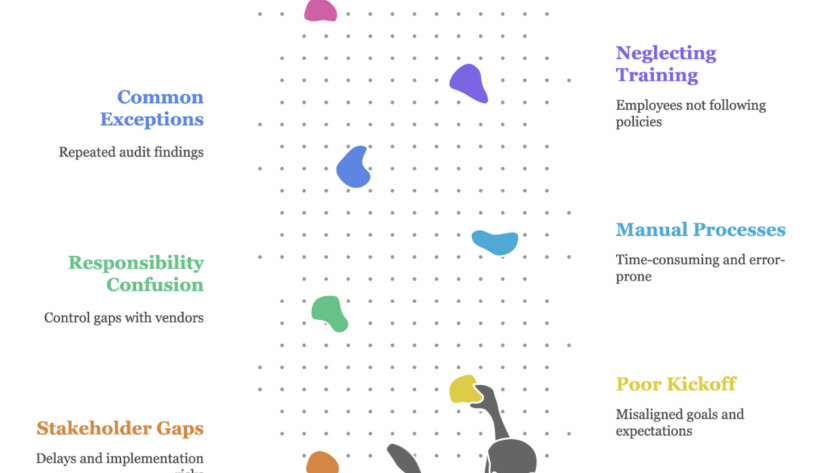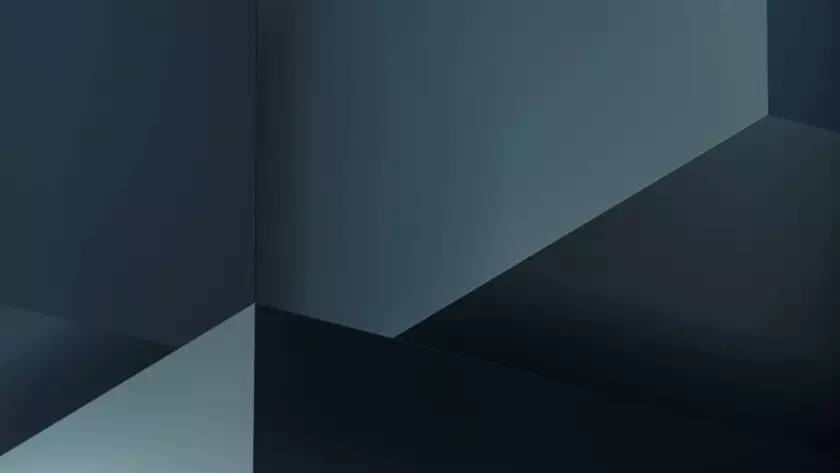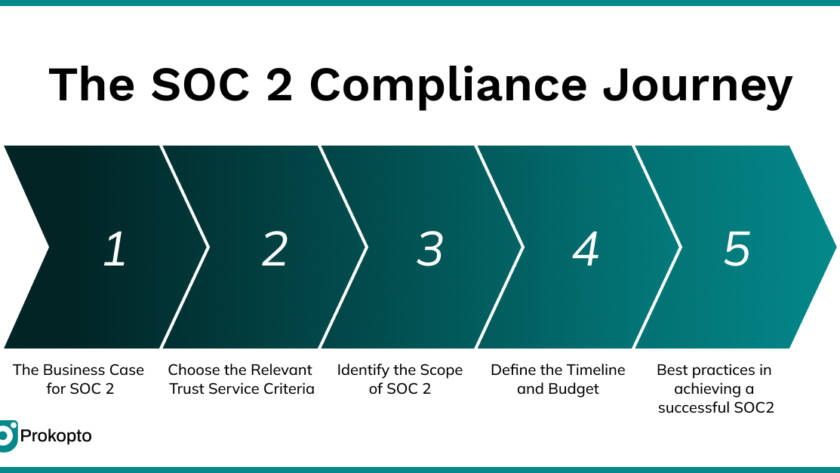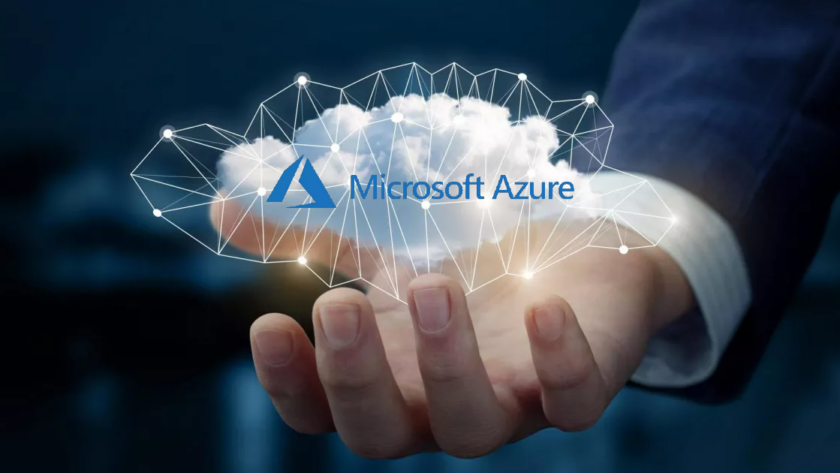Introduction
In our previous blogs of the SOC 2 Compliance Journey Series, we explored the business case for SOC 2 (Part 1), helped you choose relevant Trust Service Criteria (Part 2), guided you through identifying the scope (Part 3), and defined timeline and budget (Part 4). Now, in Part 5, the last part of…












